STCMS™: Structure and Function
Life on Earth is diverse and well adapted to its environment. What characteristics do living things share? What processes are needed in order for living things to survive? Why are some living things composed of a single cell while others are made of many? The Smithsonian Science Education Center presents Structure and Function, an STCMS™ curriculum unit designed from the ground up to align to the Next Generation Science Standards by integrating science and engineering practices, teachable core ideas, and crosscutting concepts in every lesson. From microscopic cells to the external and internal anatomy of a frog-join us as we use models and carry out investigations to explore structure and function in living things!
You can find all Blackline Masters here. For teacher Lesson Masters and unit Written Assessments, go to Carolina Science Online.
Lesson 1-Pre-Assessment: Structure and Function
Have students watch this short 3D animation, Plant Cell Explainer Video, which shows the parts that make up a cell. Have students then draw the cell and label each part. (Students may need to do some research before labeling each part.)
Lesson 2-Cells
Ask students to read the article Henrietta Lacks' 'Immortal' Cells, and then in essay form ask them to answer the following questions:
1. After learning about Henrietta Lacks do you think there are any ethical concerns with the way the science community is benefiting from her cells? Please explain your answer.
2. Henreitta's cells have had a large impact on research and discovery, what do you think are the most important benefits from the use of these cells?
Lesson 3- Cell Organelles
Have students make a powerpoint presentation where each slide describes a different organelle. Have students describe the structure and function of the cell part and create an analogy to help further describe the cell part. Encourage students to be as creative as possible when coming up with their analogies.
Lesson 4- Photosynthesis
Have students watch the Illuminating Photosynthesis interactive Atomic Shuffle. They will watch how photosynthesis takes place on an atomic level. After watching the interactive have the students recreate the molecular process using Skittles.
Lesson 5- Cellular Respiration
Have students hold a tennis ball in one hand, then set a timer for 2 minutes. When you say go, have students squeeze the tennis ball as many times as they can, while counting each squeeze. Once the two minutes is up the student will write down their number of squeezes. Student should repeat squeezing the tennis ball 2 more times and after each time write down the number of squeezes. After completing 3 rounds, the student should analyze their data and answer the following:
Describe how your hand felt at the end of this lesson.
What is happening to the muscles in your hand?
Which body systems are interacting together to squeeze the tennis ball?
Lesson 6- Levels of Organization
Have students look for information about other animals with backbones (vertebrates) that have limbs similar to those of humans. They should find illustrations that point out the similarities between skeletons of at least three different vertebrates. Students should write down a brief explanation of how the limbs and their movements are similar. Have students explore the digital resource What Does It Mean to Be Human?, focusing on the “Human Evolution Evidence” tab. Students should analyze and interpret the data on anatomical similarities and differences among species in the human family tree. After exploring this resource, prompt students to prepare an oral or written evidence-based argument that supports the existence, diversity, extinction, and anatomical changes among species in this family tree.
Lesson 7- The Nervous System
Have students do a blind taste test. Put together 5 different types of food and then have students taste each food while blind folded. Students should try each food twice, the first time students should should eat the food while holding the nose shut, students should describe what they are eating and try and to guess the type of food. Students should then try the same type of food without holding their nose. What are some differences the student notices between the two bites? After the student has done this with all 5 different types of food, have them take off the blind fold and let them see their results, did they guess the right types of food they were eating? Ask the student to describe the differnces and similarities between trying food with and without being able to smell.
Lesson 8- Assessment: Structure and Function
In some countries, the incidence of heart diseas and high blood pressure is much lower than in the United States. Ask students to do research to find an example of such an area and determine what might be responsible for the lower incidence of heart disease. Have them write a few paragraphs summarizing their findings.
Lesson 1-Pre-Assessment: Structure and Function
What's the "Matter" with Cells and Atoms?
Lesson 2-Cells
How Octopuses and Squids Change Color.
Find out how an octopuses cells help it survive.
Lesson 3- Cell Organelles
Early Life on Earth-Animal Origins
Read about how single celled organisms evolved into multicellular complex organisms.
Lesson 4- Photosynthesis
How Did Plants Develop Photosynthesis
Read about how plants developed the ability to photosynthesize
Lesson 5- Cellular Respiration
This is How Your Brain Becomes Addicted to Caffeine
Learn about the role cellular respiration plays in needing a cup of coffee in the morning.
Lesson 6- Levels of Organization
Soon, Your Doctor Could Print a Human Organ on Demand
Read about how scientists a breaking new ground with human organs
Lesson 7- The Nervous System
Metaphorically Speaking, Your Nervous System is a Dictatorship
Read about who is calling the shots when it comes to your nervous sytem
Lesson 8- Assessment: Structure and Function
Top Ten Myths About the Brain
Have any misconceptions about your brain, read this and learn the truth
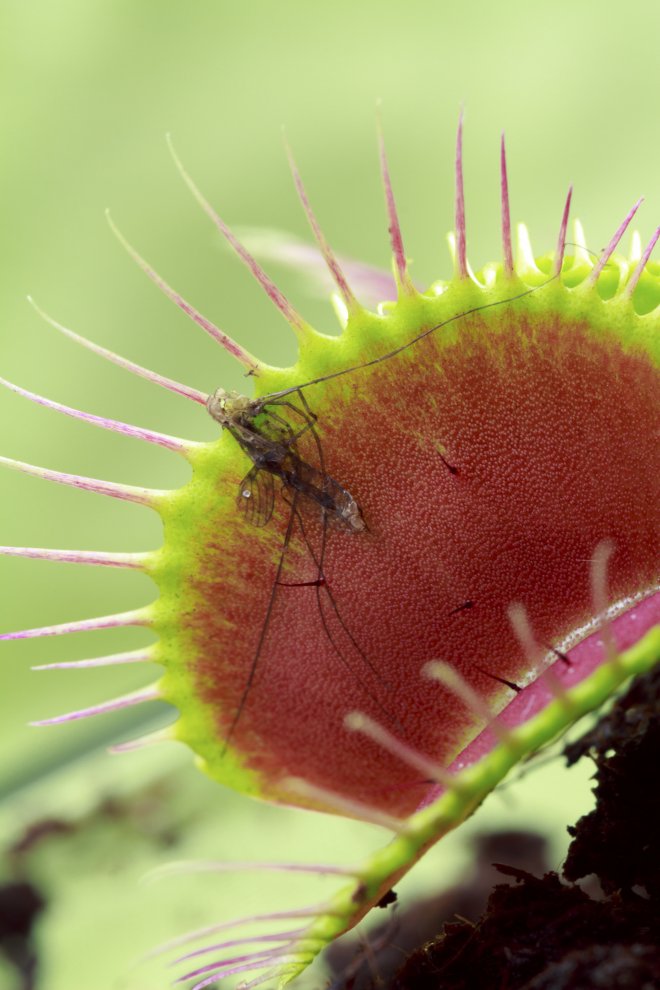
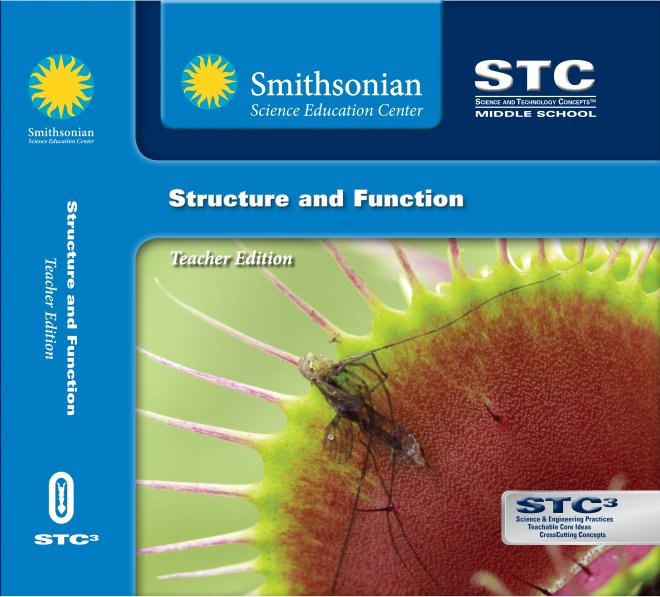
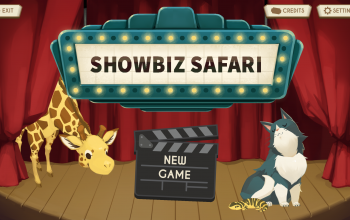
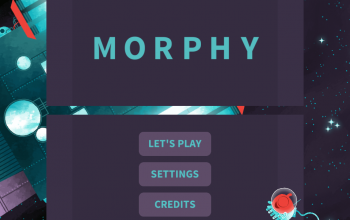
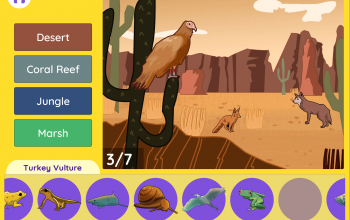
Kit Tips & Tricks